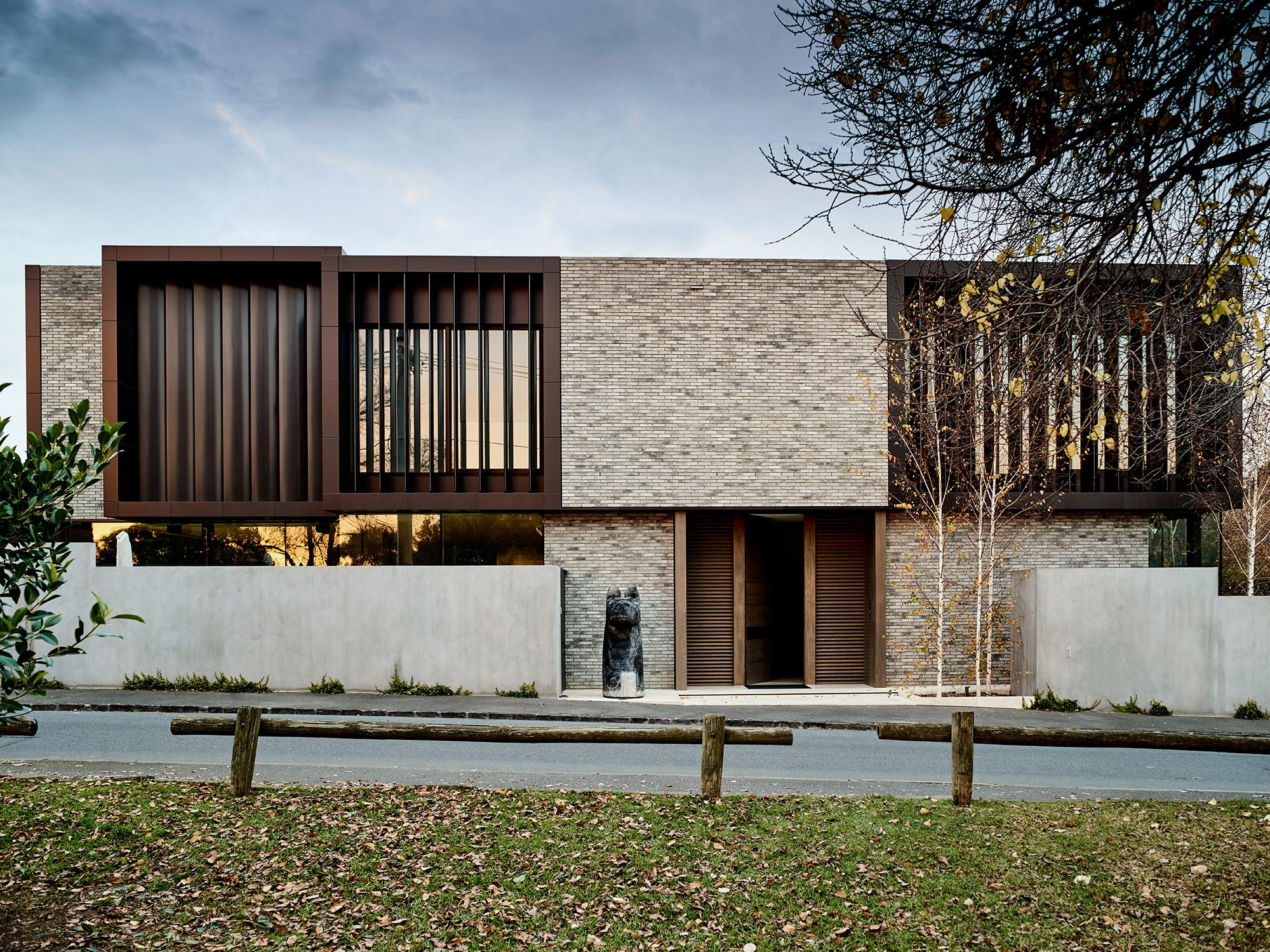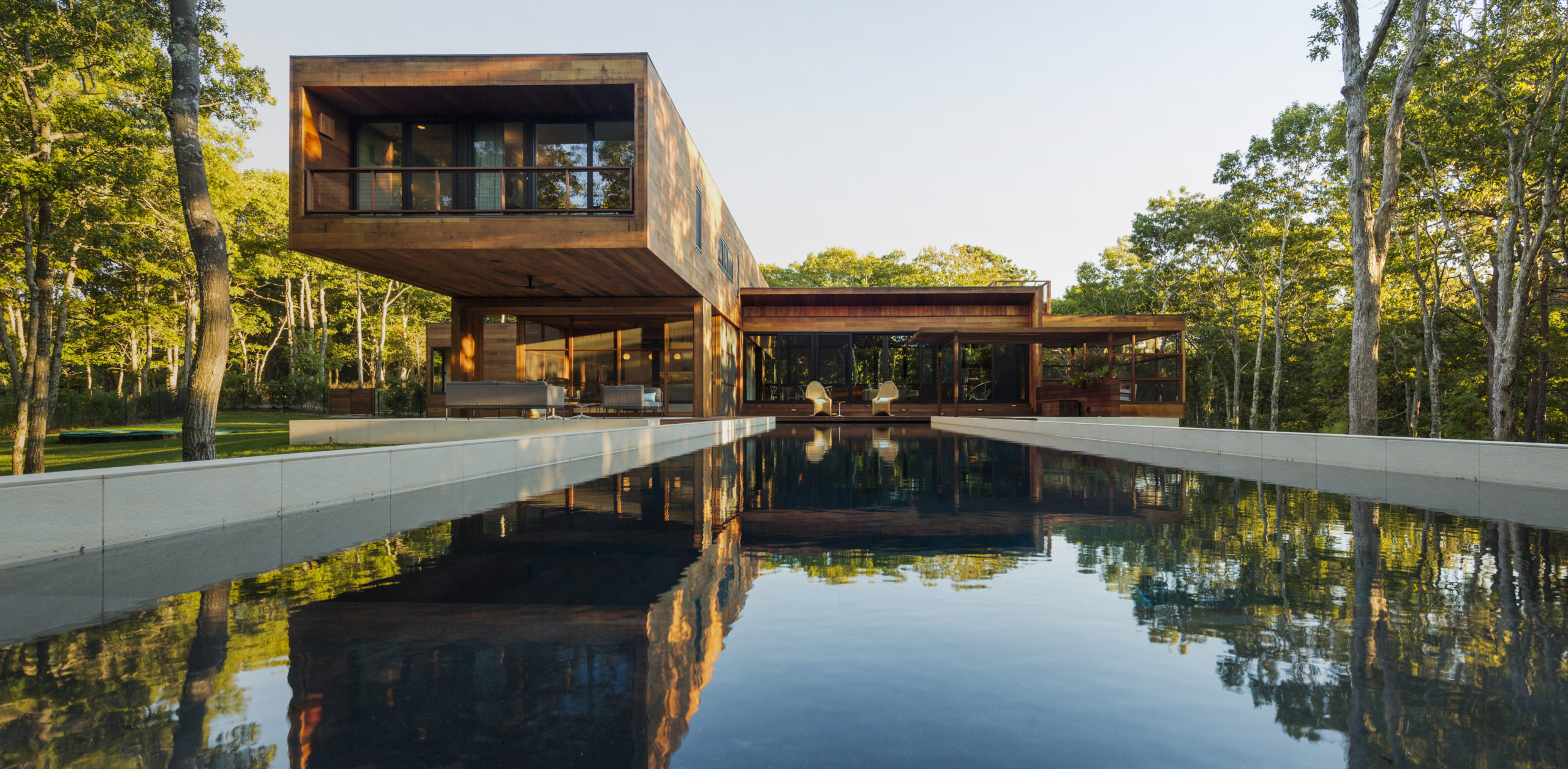Residential Architects: Creating Beautiful, Functional Spaces for Every Home
Residential Architects: Creating Beautiful, Functional Spaces for Every Home
Blog Article
Leading Patterns in Residential Architecture You Need To Know About
As domestic architecture proceeds to advance, several compelling fads are shaping the way we develop and populate our living areas. Secret developments such as lasting structure practices, the assimilation of smart home technology, and the rise of modular homes emphasize a significant change in the direction of both capability and ecological obligation.
Lasting Building Practices
A boosting number of household jobs are embracing lasting structure practices, driven by a growing understanding of ecological effect and power effectiveness. This change is defined by the integration of environmentally friendly materials, energy-efficient styles, and ingenious construction techniques. Homeowners and building contractors are significantly focusing on making use of renewable energies, such as bamboo and recycled metals, which not just lower the carbon footprint but also boost the durability and aesthetic appeal of residential properties.
Incorporating energy-efficient systems is another crucial facet of lasting building - residential house architect. Features such as high-performance insulation, energy-efficient home windows, and solar panels are becoming criterion in brand-new residential layouts. These aspects not just contribute to lower power intake but also offer considerable long-term cost savings for homeowners
Furthermore, the layout of lasting homes frequently emphasizes natural light and air flow, minimizing the reliance on man-made lights and environment control systems. Landscape design techniques, such as xeriscaping, additional promote sustainability by minimizing water usage.
As the need for sustainable living options continues to increase, the residential architecture sector is poised to adjust and introduce, making certain that future homes are not only environmentally liable but useful and likewise comfortable for their passengers. - residential house architect
Smart Home Technology
Smart home technology is transforming the way home owners connect with their living areas, improving power, security, and convenience administration. This ingenious strategy incorporates different devices and systems, enabling users to control their homes remotely or through automated procedures. Central to this fad is making use of smart gadgets such as thermostats, illumination, safety and security electronic cameras, and home appliances, all linked through the Internet of Points (IoT)
Among one of the most enticing features of wise home innovation is the capability to customize settings for optimal energy performance. Homeowners can keep an eye on energy use and change lighting, air conditioning, and heating based on their regimens, considerably minimizing energy prices. Innovative safety systems equipped with smart locks and monitoring cams offer peace of mind, making it possible for remote surveillance and informs to prospective safety breaches.
Assimilation with voice-activated aides improves individual experience, enabling house owners to regulate tools with simple voice commands. As technology remains to evolve, the potential for smart home systems to improve lifestyle expands, making them a crucial consideration in contemporary domestic style. Inevitably, wise home innovation is not simply a fad yet a fundamental shift towards much more smart living environments.
Open Idea Living
Open principle living has actually become a specifying feature in modern property style, identified by the removal of conventional obstacles in between spaces. This style ideology promotes fluidity and connectivity within the home, permitting a smooth change in between locations such as the cooking area, eating, and living spaces. By removing partitions and walls, open concept layouts develop a sense of space, fostering an inviting ambience that enhances social communication.

Additionally, this strategy to domestic layout straightens with minimalism, concentrating on practical simpleness and visual comprehensibility. House owners appreciate the adaptability of these formats, which can be quickly adapted to reflect personal style with furnishings plan and style. As open principle living remains to get traction, it stays a testimony to developing family members characteristics and the desire for homes that improve link and convenience.
Biophilic Layout
Biophilic design has ended up being significantly significant in household design, highlighting the inherent link between people and nature. This style philosophy seeks to integrate all-natural components into living areas, therefore promoting a sense of wellness and improving the lifestyle for owners. By integrating functions such as all-natural light, vegetation, and organic materials, biophilic design advertises a harmonious partnership in between indoor settings and the environment.
Crucial element of biophilic layout include large windows that give unobstructed views of outside landscapes, living wall surfaces that introduce greenery right into interiors, and open floor plans that urge air flow and all-natural light penetration. Water features, both within and outside the home, offer to produce relaxing atmospheres and improve sensory experiences.
Moreover, making use of sustainable products not only sustains environmental stewardship but also adds to healthier indoor air quality. As understanding of environmental concerns rises, property owners are progressively prioritizing layouts that show their connection to nature. In essence, biophilic design not just raises visual appeal yet additionally addresses mental and emotional needs, making it a vital fad in contemporary domestic style.
Modular and Prefab Homes

Furthermore, prefab and modular homes are made with sustainability in mind. Many suppliers make use of energy-efficient systems and eco-friendly materials, such as solar panels and progressed insulation techniques, contributing to reduced energy usage and reduced energy bills for house owners. The adaptability of design options enables for modification, catering to varied visual preferences and useful requirements.
As the need for cost effective real estate proceeds to increase, prefab and modular homes provide a feasible service, dealing with both economic and environmental difficulties. Communities are increasingly identifying the capacity of these frameworks, incorporating them into rural and city setups. Generally, the fad toward prefab and modular homes represents a shift toward more lasting, effective, and adaptable living settings, find out here now making them a crucial element of contemporary domestic style.
Conclusion
Sustainable structure methods and wise home technologies boost performance and benefit, while open concept living and biophilic layout foster social interaction and a link to nature. The increase of prefab and modular homes provides personalized and budget friendly options, reflecting a more comprehensive change in the direction of functional and accountable living.
Trick developments such as sustainable building methods, the combination of wise home technology, and the increase of modular homes highlight a considerable change in the direction of both capability and environmental obligation.The increase of prefab and modular homes has transformed the household architecture landscape, using cutting-edge solutions for reliable and sustainable living.Additionally, prefab and modular homes are made with sustainability in mind. On the whole, the pattern towards modular and prefab homes signifies a shift toward a lot more sustainable, reliable, and adaptable living atmospheres, making them a critical element of modern domestic architecture.
Lasting building techniques and wise home modern technologies improve performance and ease, while open principle living and biophilic style foster social communication and a link to nature.
Report this page